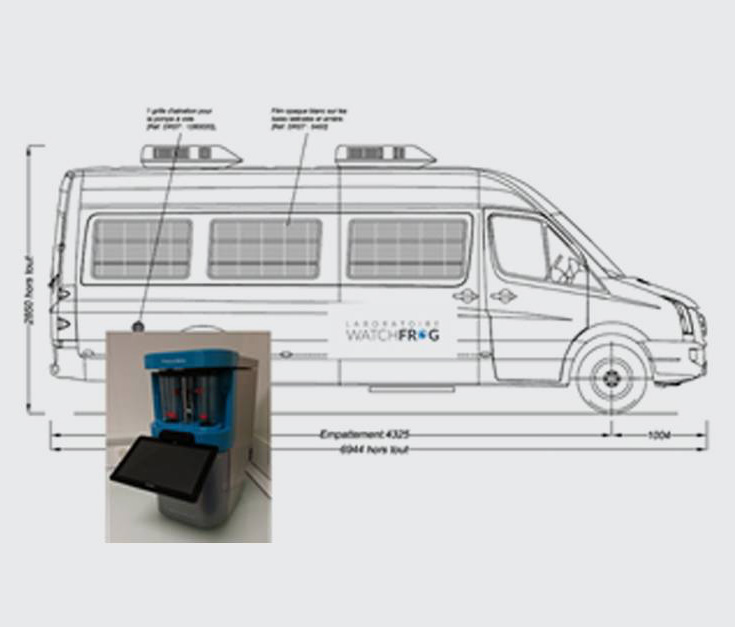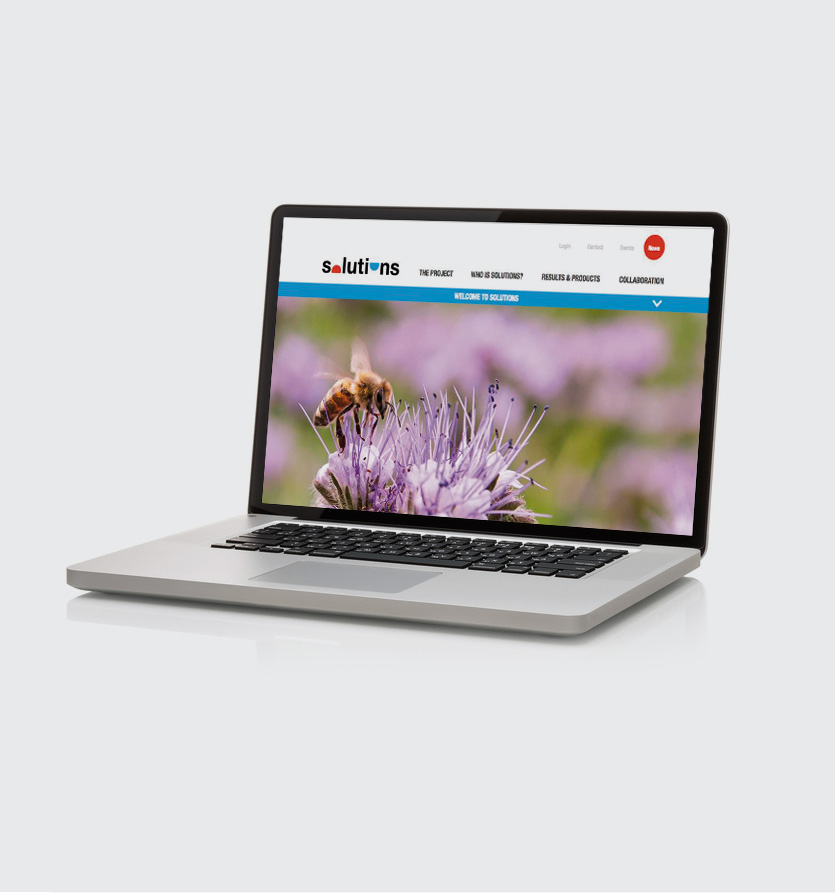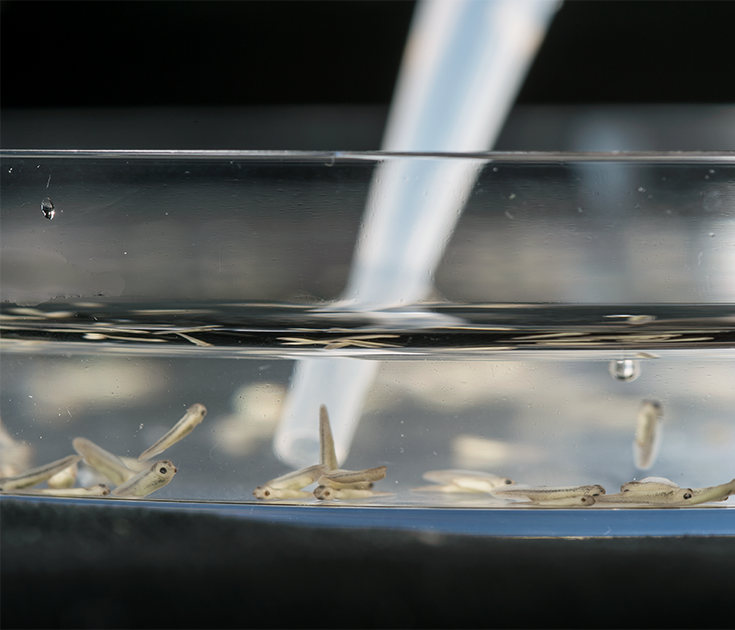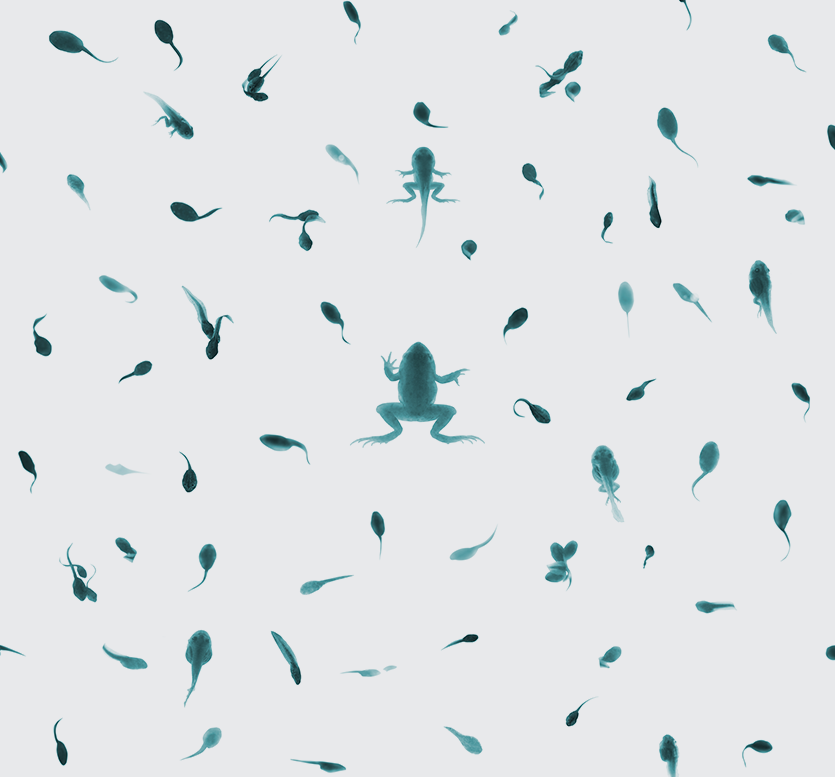SOLUTIONS
European consortium to achieve the development of methods and strategies to help the authorities defining new water and environmental regulation to address chemical pollution. This consortium has published many guidance documents describing methodologies and suggesting how and when to apply these approaches.
Partners :
UFZ, Deltares, EI, IVL, JRC, KWR, Eawag, NIVA, LMC, OEKO, SU, RIVM, Alterra, CSIC, FB, Brunel, VITO, UNOL, Watchfrog, UNSPMF, MAXX, INERIS, UU, SYNCHEM, UOB, ULIV, ICPDR, DYNEX, NJU, RWTH, MU, Mermayde, IPB, HAM, UGOT, KOCMOC, UB, UQ, UNICAMP, Universidade Estadual de Campinas
Financing :
UE FP7








